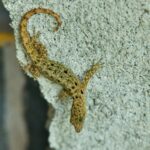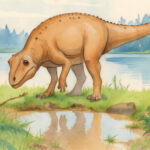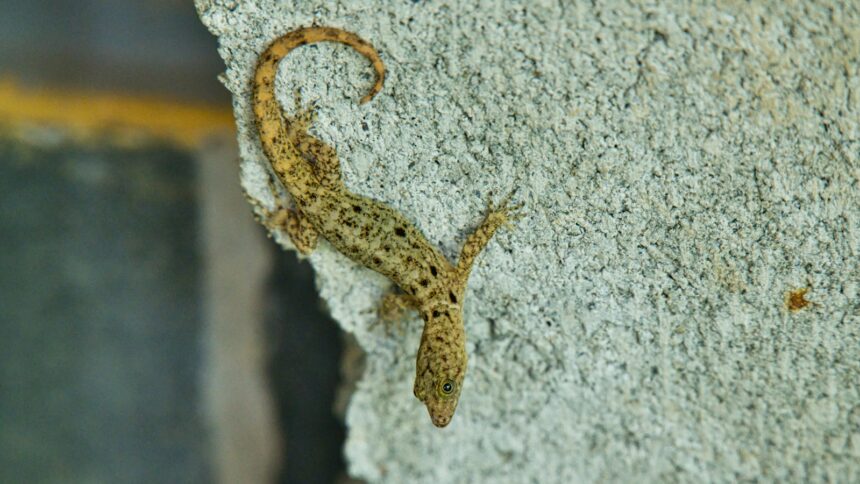Ever noticed a tiny lizard darting along a wall in a busy city and thought it looked alone? You’d be forgiven for assuming that lizards are solitary creatures.
After all, many species, like the common wall lizard (Podarcis muralis), are known to defend territories vigorously and avoid their neighbors. But recent research shows that city life is nudging these usually solitary reptiles toward a surprisingly social lifestyle.
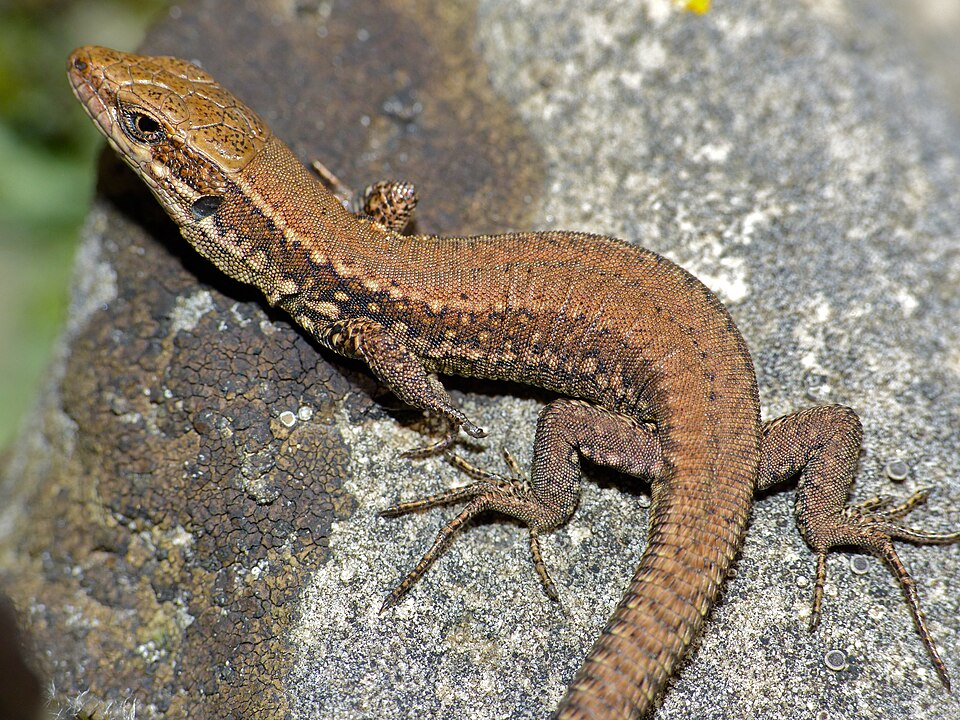
Scientists have discovered that urban wall lizards are far more connected with one another than their rural counterparts. In fact, city lizards showed 81% network connectivity compared with just 23% in rural habitats—a big gap that suggests urban environments push them toward tolerance rather than just forced crowding. The study, published in Biology Letters in September 2025, provides insight on how wildlife adapts to landscapes shaped by humans.
Urban areas are growing quickly, fragmenting habitats and concentrating resources. For species like the common wall lizard, which is cold-blooded and sensitive to temperature, such changes can heavily affect behavior.
To explore how urbanization affects their social interactions, researchers studied populations in coastal Croatia, comparing lizards in towns with those in nearby natural habitats. This contrast gave a good view at how city life might alter their behavior.
Lead researcher Avery L. Maune and the team explained that the species was chosen because it does well in urban environments thanks to its climbing ability but remains sensitive to heat. Maune noted that wall lizards in cities interact more frequently and form stronger social bonds than their counterparts in natural habitats.
Observations and analyses of nearly a hundred lizards showed that the increase in social contacts wasn’t simply due to crowding in urban areas, suggesting a genuine change in habits.
Factors like sex and size had little effect, while younger lizards appeared to benefit from being near others, sharing warmth or spotting predators more effectively. Maune pointed out that the result is worth noting since wall lizards are usually highly territorial and tend to avoid one another.
The increased tolerance seen in cities likely reflects behavioral plasticity, which is the ability to flexibly adjust behavior, rather than long-term evolutionary change.
In crowded spaces with overlapping territories, avoiding conflict constantly can be costly, making cooperation or at least tolerance more beneficial. But spending more time with others could increase the risk of disease, inbreeding in isolated patches, or vulnerability to parasites and tail injuries.
Tourist-heavy areas in Croatia may also contribute, as repeated human disturbance could push lizards to become more tolerant.
The researchers caution, however, that the observations covered only a short time frame and did not measure long-term fitness outcomes, so the consequences for survival and reproduction remain uncertain.
This tendency toward tolerance is not unique to lizards and mirrors trends seen in other urban-adapted animals. Studies on Anolis lizards, which are common in city parks and gardens, have shown reduced aggression in city habitats, while rodents (mice and similar species) and birds often display resource-sharing behaviors in city limits.
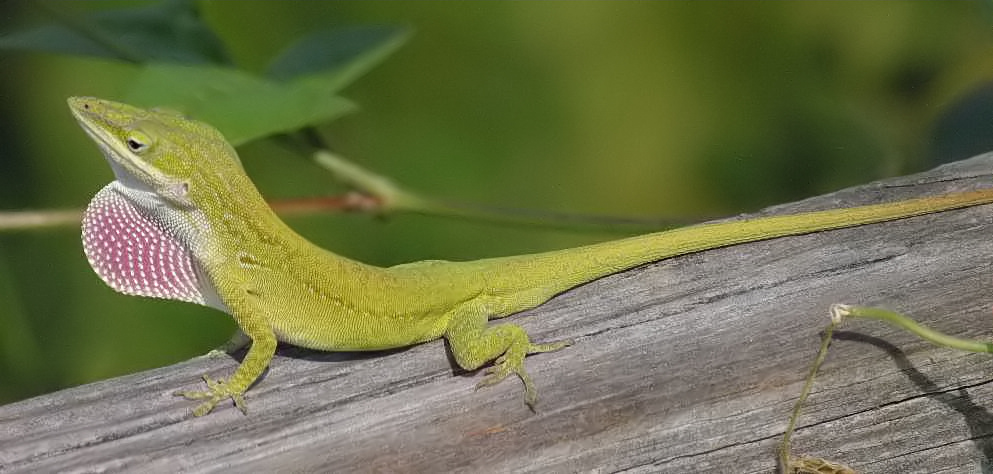
Reptiles in general tend to shrink their home ranges when space is limited, and cases such as the Texas horned lizard show genetic bottlenecks (reduced genetic diversity) caused by fragmented habitats. Earlier work even shows that urban populations of P. muralis experience developmental instability due to environmental stressors.
Together, these results suggest that social flexibility can be a useful way for dealing with urban life, though it carries the risk of becoming a maladaptive trap if short-term benefits mask long-term costs.
This research indicates that urban environments can change animal behavior, pushing species like the wall lizard toward unexpected sociality. “There is a natural dynamic of plant and animal species to take over this new environment by adaptation, either by changing its habits or by evolving genetically,” says ecologist Pierre-Olivier Cheptou. Yet even this flexibility has limits, as urban pressures challenge the survival of wildlife in ways not all can endure.
Amphibians, pollinators, and once-common city sparrows are dropping sharply under the same forces that wall lizards navigate. This clear difference points to a tough reality: adaptability is not universal, and human expansion often surpasses nature’s ability to keep up.
The way we shape our cities, whether mindful of biodiversity or not, will determine if wildlife like lizards and sparrows can survive alongside us or disappear from the landscapes we change.
Story Source: Maune AL et al. (2025), published in Biology Letters. Read the original study here.


